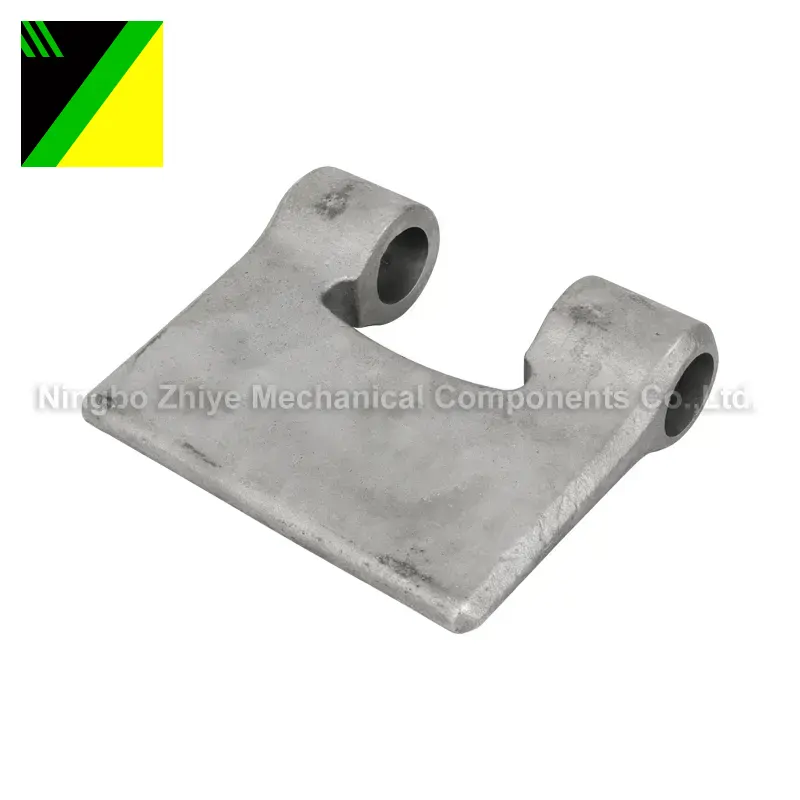
- English
- Español
- Português
- русский
- Français
- 日本語
- Deutsch
- tiếng Việt
- Italiano
- Nederlands
- ภาษาไทย
- Polski
- 한국어
- Svenska
- magyar
- Malay
- বাংলা ভাষার
- Dansk
- Suomi
- हिन्दी
- Pilipino
- Türkçe
- Gaeilge
- العربية
- Indonesia
- Norsk
- تمل
- český
- ελληνικά
- український
- Javanese
- فارسی
- தமிழ்
- తెలుగు
- नेपाली
- Burmese
- български
- ລາວ
- Latine
- Қазақша
- Euskal
- Azərbaycan
- Slovenský jazyk
- Македонски
- Lietuvos
- Eesti Keel
- Română
- Slovenski
- मराठी
- Srpski језик
Comparison between castings and stainless steel forgings!
2024-05-31
Compare the differences between castings and stainless steel forgings:

1. Castings have good wear resistance and shock absorption function. The blank of the accessories has good wear resistance because the graphite in cast iron is conducive to lubrication and oil storage. Similarly, due to the presence of graphite, the shock absorption of gray cast iron is better than that of steel.
2. The casting has good process performance. Since gray cast iron has a high carbon content and is close to the eutectic composition, it has a relatively low melting point, good fluidity, and a small shrinkage rate. Therefore, it is suitable for casting complex structures or thin-walled castings. In addition, since graphite makes it easy to form chip breakage during cutting, the machinability of gray cast iron is better than that of steel.
3. Stainless steel can improve its organizational structure and mechanical properties after forging. After the casting structure is deformed by hot working by forging, due to the deformation and recrystallization of stainless steel, the original coarse dendrites and columnar grains are transformed into equiaxed recrystallized structures with finer grains and uniform size, so that the original segregation, looseness, pores, slag inclusions, etc. in the ingot are compacted and welded, and its structure becomes tighter, which improves the plasticity and mechanical properties of the metal.
4. The mechanical properties of castings are lower than those of forgings of the same material. However, forging can ensure the continuity of metal fiber structure, keep the fiber structure of forgings consistent with the shape of forgings, and ensure that parts have good mechanical properties and long service life. Forgings produced by precision die forging, cold extrusion, warm extrusion and other processes are incomparable to castings.
Whether it is castings or stainless steel forgings, they are an indispensable part of mechanical production. In mechanical production, according to the different product performance, the corresponding castings or forgings are selected. Only by giving full play to the role of castings or forgings can perfect mechanical products be produced.



